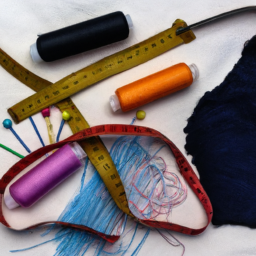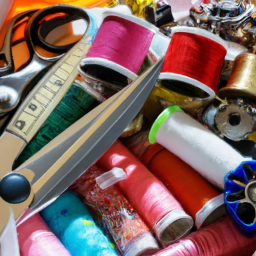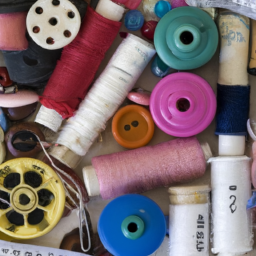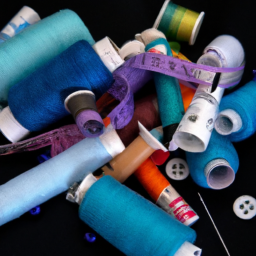
?
As someone who enjoys sewing, you may have wondered if sewing thread can go bad. Maybe you’ve stumbled upon an old reel of thread in your stash and questioned its usability. This article aims to shed light on this topic and help you understand whether sewing thread can indeed go bad.
Understanding Sewing Thread
Sewing thread is a vital component in any sewing project. It is a thin strand of twisted fibers used to join fabrics together. Threads can be composed of various materials such as cotton, polyester, silk, nylon, or even metallic fibers. They come in different colors, sizes, and weights to suit different sewing needs.
Factors Affecting Thread Longevity
While sewing threads don’t typically have an expiration date, certain factors can affect their quality over time. Here’s what you should consider:
Humidity and Storage Conditions
Thread can be affected by humidity and extreme temperature changes. High humidity can cause thread fibers to weaken or lose their shape. Storing your thread in a cool, dry place away from direct sunlight helps preserve its quality and prevents damage.
Material Composition
The material used to make the thread influences its longevity. Natural fibers like cotton or silk may deteriorate faster than synthetic options like polyester. Polyester threads tend to be more durable and less susceptible to decay.
Expiration Date
Some manufacturers indicate an expiration date on their thread spools. However, this is often a guide for peak performance rather than an actual spoilage indicator. Threads kept under suitable conditions can last for many years beyond their listed expiration date.
Signs of Thread Deterioration
With time, thread may become unsuitable for sewing due to deterioration. Here are some signs to look out for:
- Visible discoloration or fading
- Noticeable weakening or fraying of the fibers
- Brittleness when touched
- Inconsistent or uneven thread thickness
- Frequent thread breakage while sewing
Ensuring Thread Longevity
To extend the life of your sewing thread:
- Store your thread away from direct sunlight and extreme temperature fluctuations.
- Keep your thread in airtight containers or plastic bags to minimize exposure to humidity.
- Use the appropriate thread weight and fiber type for your project to ensure optimal performance.
- Avoid excessive tension while sewing, as it can strain the thread.
- Rotate your thread stash by using older reels first to maintain their usability.
Conclusion
While sewing thread may not technically “go bad” like food, several factors can affect its quality over time. By understanding these factors and implementing proper storage and handling practices, you can extend the life and performance of your thread, ensuring successful sewing projects for years to come.




